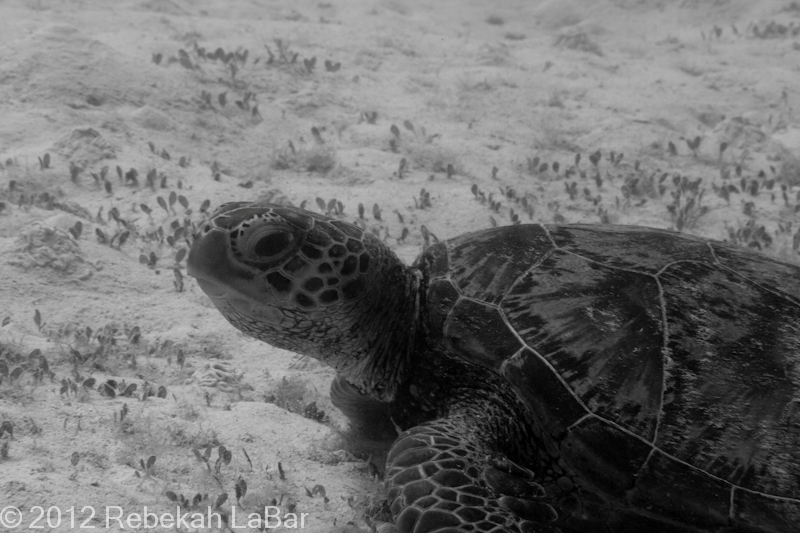
Instead of writing about individual scuba dives, some of which I have already done on my Kwajalein blog, I’d like to share a bit about the experience as a whole, where I have been, and where I hope to go in the near future.
I have always loved the ocean. I grew up in Washington State, and spent a lot of time in the mountains and a little bit of time on the coast. If my family had to decide between mountains and ocean, my Mom and I would always say ocean, while my sister and Dad would always say mountains.
I love looking across the ocean and thinking about what and who is on the other side, and what all is under the water. Now that I have lived on a tiny island surrounded by nothing but water for two years, I yearn for the mountains, so am that much more excited that I can have the best of both worlds in New Zealand.
At any rate, coming to Kwajalein I figured I would finally take the plunge and learn how to scuba dive.
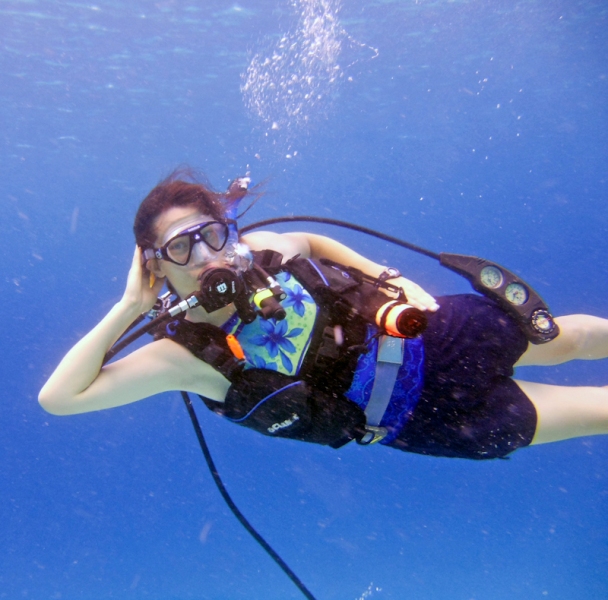
Within two months of my move, I was certified as an open water diver, which meant that I could dive to 60 feet.
On my first dive, I fell in love.
Kwajalein’s waters are warm, clear, full of marine life and wrecks, and not full of people (actually I liked that about diving; you can hang out with people without having to talk with them). It truly feels like swimming in a giant tropical aquarium, and it’s right in my backyard.
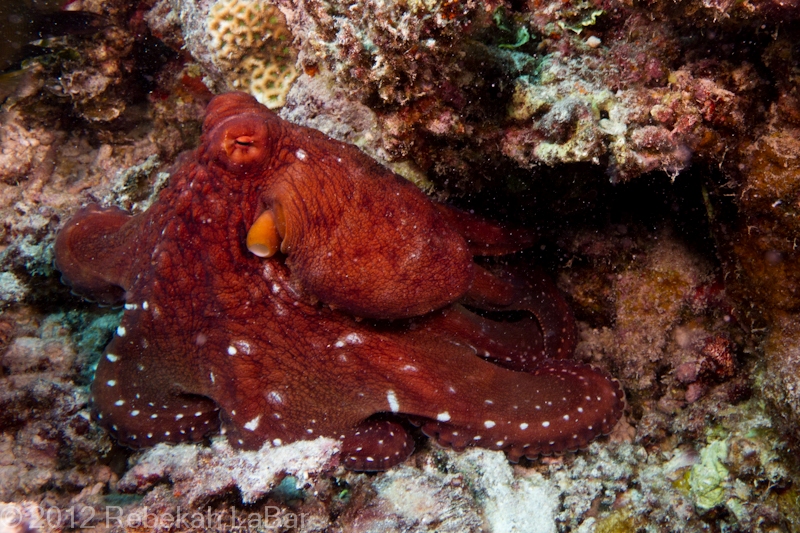
To tell the truth though, it took me a couple of extra lessons in the pool before I passed that portion of the scuba class and was able to go on the first dives. I have long enjoyed swimming, but my biggest fear has always been drowning, and I had a hard time relaxing that first time breathing under water.
I then remembered a memory I had long suppressed; when I was about 5 years old or so, I jumped off a diving board in a public pool near Seattle, and lost my orientation. I remember swimming down instead of up, and then I blacked out. When I came to, a friend of the family was leaning over me, probably assessing whether or not he needed to perform CPR. I guessed that’s probably where my long-standing fear of drowning came from.
I’m generally one to face my fears head on. I was terrified of my first tornado, so I decided to go storm chasing. I was terrified of drowning, and decided to scuba dive as soon as I had the opportunity. I see a cliff, I want to walk to the edge and look down. Okay, not always, but sometimes I feel that urge, but know I’m only invincible in my dreams.
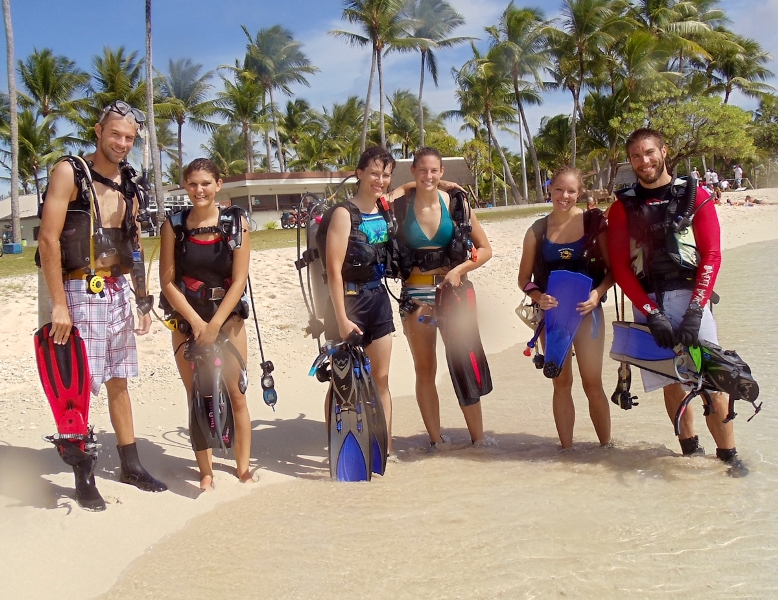
I really don’t say this to boast, though, but more for the benefit of those who are scared to go diving. If I can do it, you can do it.
A few months after I completed my initial training, I completed the advanced diver class, and was certified to dive to the recreational dive limit of 130 feet. I also took Nitrox training, which means I can dive with a higher blend of oxygen, allowing me to stay in the water longer on some deep dives, with lower risk of getting decompression sickness (DCS, aka the bends).
Since I love photography, it was only natural that I should want to take my camera underwater. After I began with just a relatively cheap point-and-shoot waterproof camera, I decided to go all out and upgrade my DSLR to a Canon 7D and purchase a full underwater system for it.
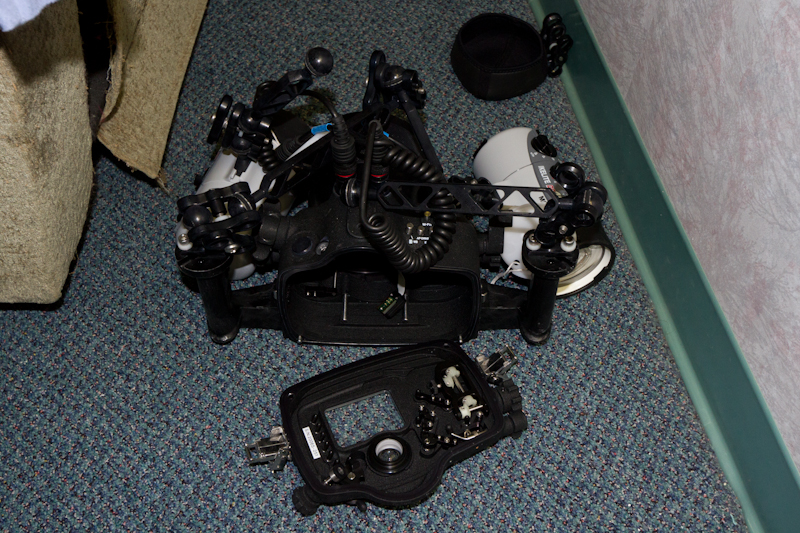
While it was quite expensive, I have not once regretted spending the money. I have only to improve my photography skills, as the equipment is top notch and I expect to use it for years to come.
Underwater photography has given me more of a purpose and happiness while diving and snorkeling. While I love to just quietly observe marine life, the most dull dive can usually be made interesting if I have my camera with me, as I can always see something from a different perspective.
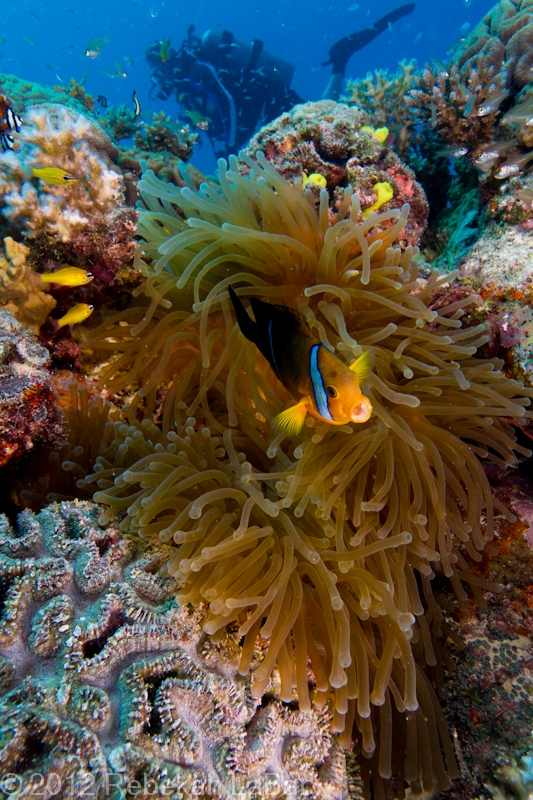
I have enjoyed about 100 dives around Kwajalein Atoll. I could have had many more, but did start to experience a bit of burnout earlier this year as I had already been to many of the sites so many times, and wanted something fresh. In spite of what I just said about my camera making a difference, I just needed a bit of a break to do other things (such as spearfishing in the tide pools for lobsters and crabs at night–quite fun!), and felt pretty happy about some of my photos from many of the sites.
I have dove from Kwajalein to Roi-Namur, and so far my only trip outside of the Marshall Islands to dive was to go to Kona, Hawaii, to see manta rays (my blog post from that dive). I have seen manta rays here at Kwajalein, but Kona is one of the famous spots for large groups of them.
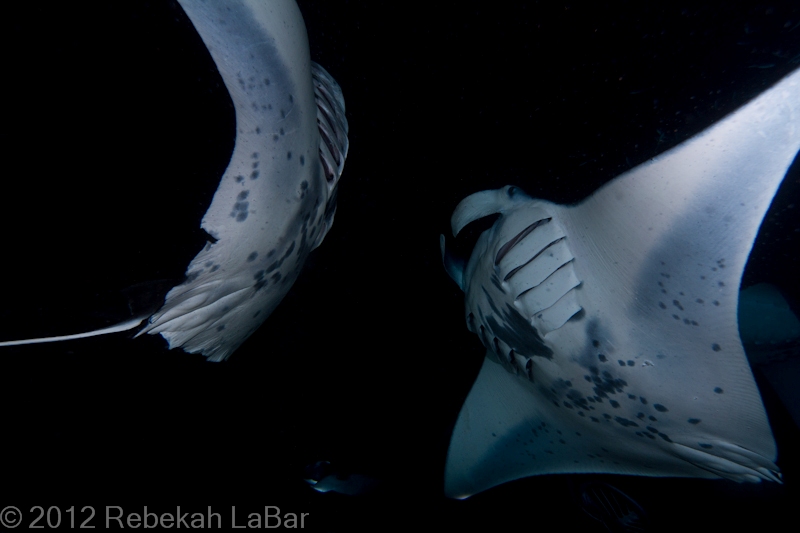
I had never seen such beautiful creatures, and it remains my favorite dive.
Aside from the marine life, Kwajalein Atoll has many WWII wrecks. I already wrote about the planes near Roi-Namur recently. One of the best wreck dives near Kwajalein is the Prinz Eugen, a German WWII battleship which you can learn more about on this Wikipedia link.
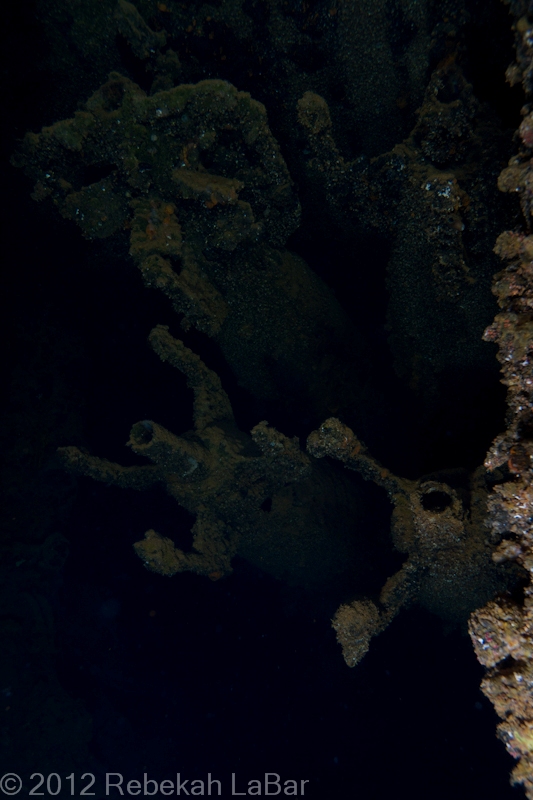
There are so many highlights photos I could post; so many of my favorites. So instead of bogging you down too much here, I hope you will go to my Flickr collection of dive photos.
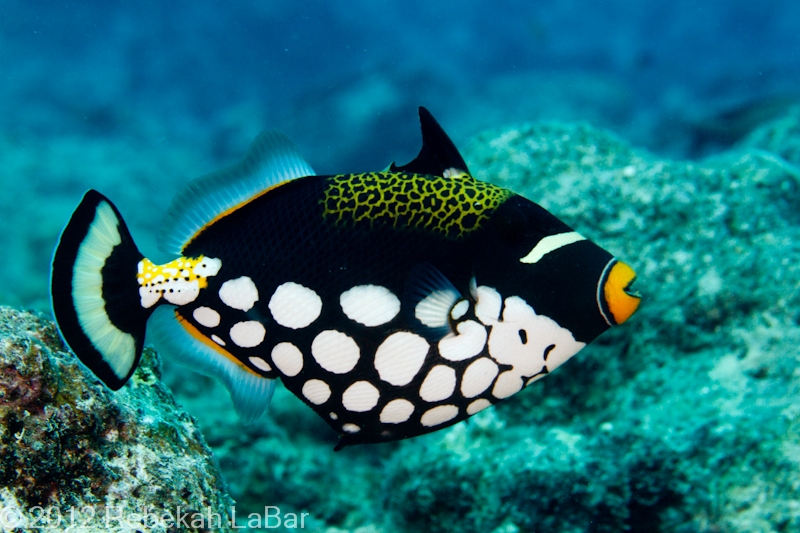
As to where I hope to go diving in the near future, New Zealand has lots of great diving, so I’ve heard. I’m just going to need to get a much thicker wet suit or learn how to use a dry suit, as the waters are just a bit colder there!
There are lots of interesting sites for marine life, including probably the most famous, Poor Knights, off the northern peninsula of the North Island. There are also opportunities to go diving in and around an active volcano, and to see some wrecks such as the Rainbow Warrior, a Greenpeace ship blown up by the French in 1985.
Speaking of facing fears….they also have Great White Shark cage diving off of Stewart Island, just south of the South Island. I think I’m going to have to do that at some point soon!
